Canada’s cruise ports are pretty incredible – they stretch from way up in the Arctic at places like Herschel Island and Tuktoyaktuk all the way to historic spots like the Viking settlement at L’Anse aux Meadows.
You can hang out with Inuit communities in Cambridge Bay, check out polar exploration history on Beechey Island, or wander through Quebec City’s charming European-style streets right off the ship.
Maybe you’re hoping to catch the northern lights in Ulukhaktok or just want to stuff yourself with amazing seafood in Iles de la Madeleine.
Whatever you’re into, Canada’s massive coastline has some seriously cool ports worth exploring.
Herschel Island, Yukon, Canada
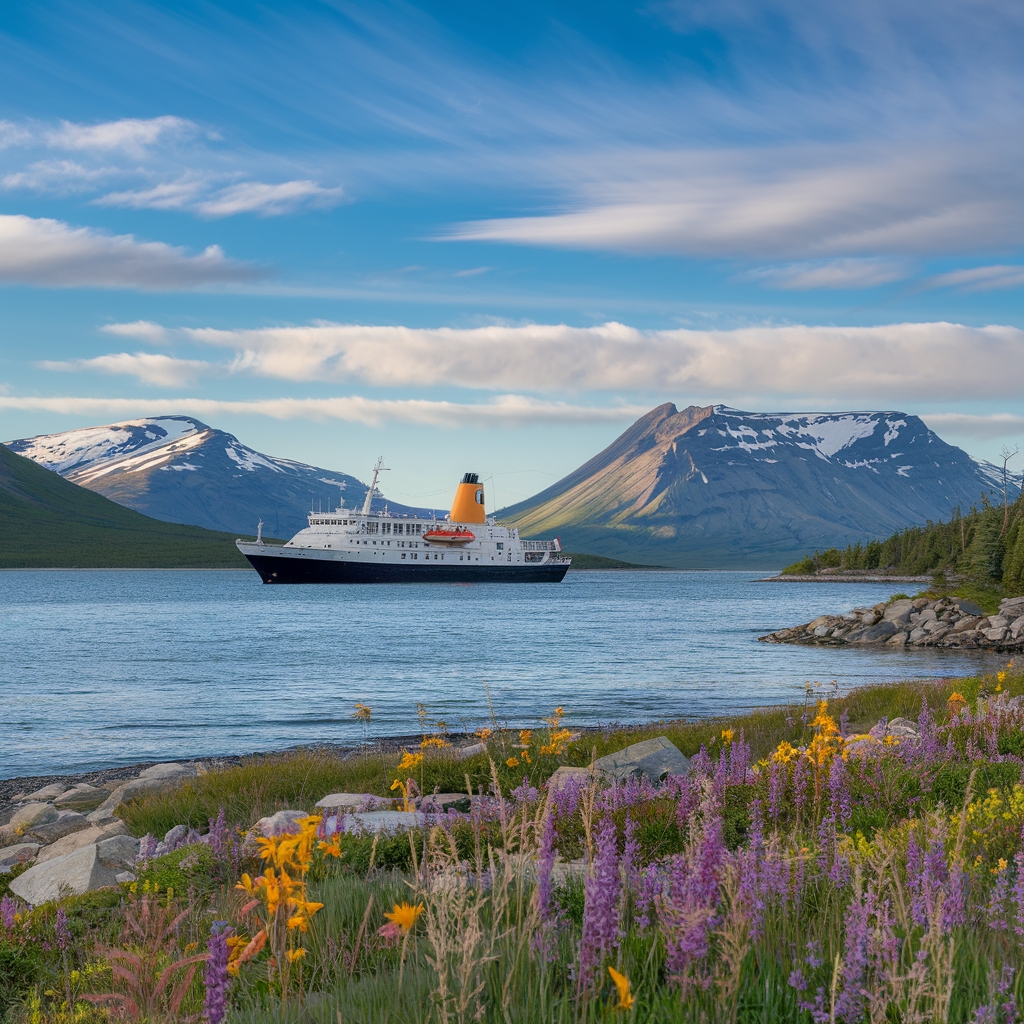
Tucked away in the Beaufort Sea just 5 kilometers off Yukon’s northern coast, Herschel Island is one of Canada’s most out-of-the-way cruise spots. This uninhabited Arctic treasure becomes accessible during summer when fancy ships like MS Roald Amundsen and Seabourn’s fleet drop anchor in the protected waters of Pauline Cove.
Most Northwest Passage trips that include Herschel are part of 21-night voyages running in August. Just remember you’ll need permits sorted out beforehand, and you’ll hop on tender boats to get from your ship to shore. Once you’re on the island, you’ll be surrounded by raw Arctic scenery with hills up to 182 meters high and breathtaking polar landscapes.
Tuktoyaktuk, Northwest Territories, Canada
Located above the Arctic Circle along the Beaufort Sea’s shores, Tuktoyaktuk offers a genuine taste of Canada’s northern frontier. This Inuvialuit community welcomes cruise ships during the short July-October sailing window.
Visitors can experience local indigenous traditions and spot Arctic wildlife during stops. Since the Dempster Highway extension was finished in 2017, this historic settlement – once a DEW Line radar station and oil exploration hub – has seen new life.
Despite the harsh environment (winters hit a bone-chilling -30°C), Tuktoyaktuk’s ISPS-certified port helps support Northwest Passage voyages. Bring plenty of warm clothes – you’ll be joining a select few who’ve made it to this far-flung Arctic outpost.
Cambridge Bay, Victoria Island, Canada

Cambridge Bay welcomes adventure-seekers to the southeast coast of Victoria Island in Canada’s Arctic Archipelago. This Inuit community (locally called Iqaluktuuttiaq, meaning “place of plenty fish”) is the beating heart of the Kitikmeot Region.
When your cruise ship pulls into the deepwater port, you’re following in the footsteps of explorers who’ve been coming here since 1839. Modern-day Cambridge Bay blends old-school traditions with cutting-edge research at the Canadian High Arctic Research Station. While you’re here, try to catch the northern lights, go fishing for Arctic char, or check out nearby archaeological digs. The surrounding tundra is great for spotting wildlife, and summer visitors get treated to flocks of migratory birds passing through.
Gjoa Haven, King William Island, Canada
Drop by the Nattilik Heritage Centre and immerse yourself in Inuit culture and polar expedition tales. Watch local artists working on soapstone carvings and sealskin crafts that showcase the community’s incredible resilience and history.
If you’re coming on a summer cruise (July-September), your ship will anchor offshore and you’ll zip to land via zodiac boats. And trust me – bring plenty of warm clothes! Even in “summer,” the mercury barely creeps above 5°C around here!
Beechey Island, Canada

Beechey Island is easily one of the most eerily captivating spots in the Canadian Arctic, where the remnants of polar exploration seem to whisper from the stark, rocky terrain. You’ll hop off your expedition ship onto a Zodiac boat during the narrow August-September window when the ice finally loosens its grip enough to let visitors through.
The real gut-punch here is Franklin’s Wintering Camp with its three weathered wooden grave markers – they tell a story that still gives Arctic historians chills. While poking around this National Historic Site, you’ll stumble upon the crumbling remains of Northumberland House, and if you’re lucky, catch glimpses of Arctic foxes darting across the rust-colored landscape.
With your ship being just one of nine scheduled to drop anchor here in 2025, this isn’t your average tourist trap – it’s a genuine, rare-as-hell Arctic experience.
Devon Island, Canada
Devon Island is Earth’s largest uninhabited island—a massive 55,247 square kilometers of Arctic wilderness that honestly feels more like you’ve landed on Mars than somewhere in Canada.
If you go, you’ll need to visit during the short August-September window when ships like the Viking Octantis can actually get through the ice. Dundas Harbour has these eerie abandoned RCMP outposts worth checking out, and Croker Bay will blow you away with 450-meter cliffs towering over gorgeous fjords.
Keep your eyes peeled for polar bears, muskoxen and narwhals while you’re exploring. And seriously, pack your warmest stuff—it gets brutally cold at -29°C during the worst months. Don’t worry about wandering off alone though—guides take you everywhere, which is probably for the best in a place this wild and remote.
Baffin Island, Canada
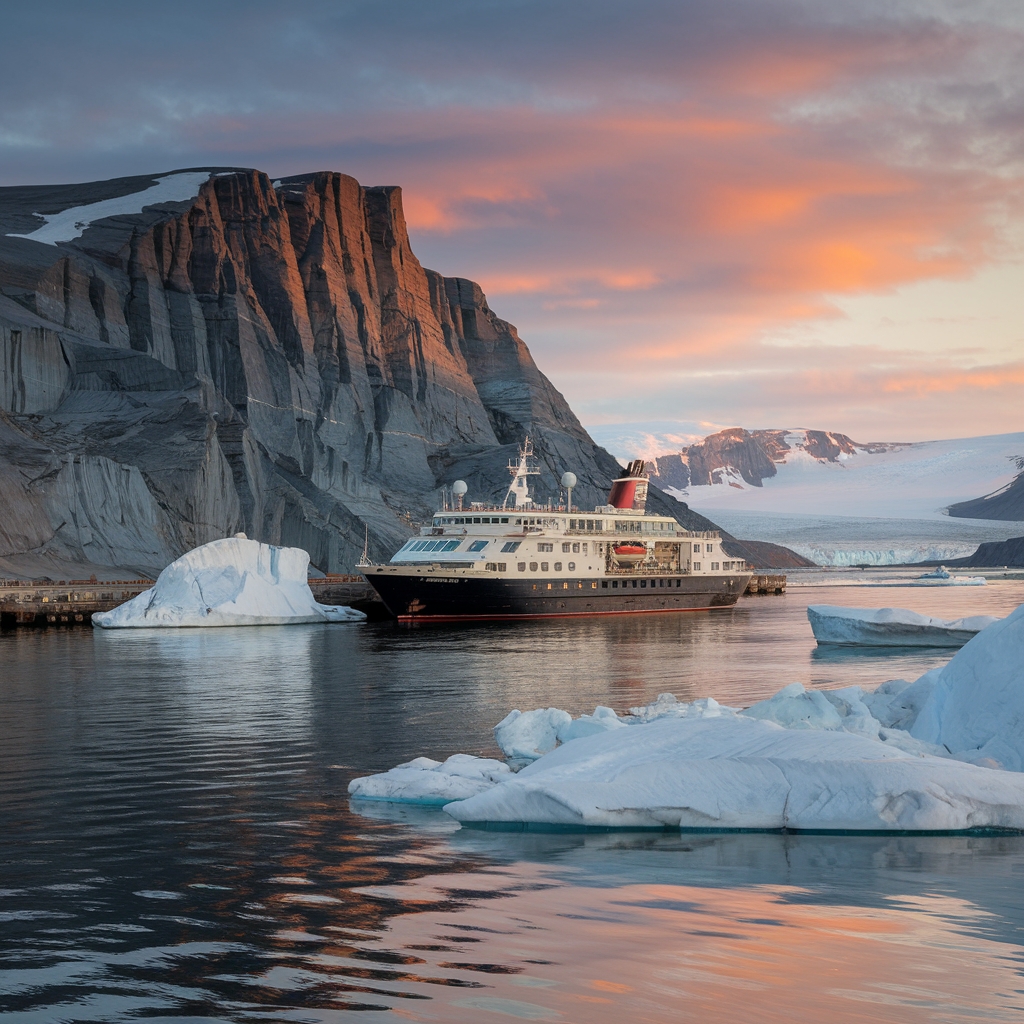
Cruise from Iqaluit’s shiny new port all the way to tiny Pond Inlet, and you’ll be in prime position to spot massive bowhead whales hanging out in Isabella Bay or marvel at the jaw-dropping cliffs of Mount Thor. Hop on Zodiacs to visit Inuit villages where ancient traditions are still going strong after a thousand years.
Better bring your puffy jacket though – even in summer it’s pretty darn chilly up here. Worth every penny if you can swing the $19,340 starting price for a 13-night adventure through this Arctic wonderland.
Somerset Island, Canada
Somerset Island is a real Arctic gem in Canada’s far north. Sitting way up at 72.011°N, -94.249°W in Nunavut, this wild place has no fancy ports – just enough access for tough expedition ships to get you there.
It gets seriously cold, with winter temperatures dropping to a brutal -22.9°C, while summer “warmth” barely hits 5°C. The daylight is crazy too – you’ll experience the midnight sun when the days stretch forever.
Animal lovers will get a kick out of seeing polar bears wandering around, Arctic foxes darting across the landscape, and all kinds of birds that fly up for the brief summer.
If you want to go, August is your window, and cruise companies are already booking for 2025. Don’t wait until the last minute – these trips fill up fast.
Make sure to check out Fort Ross while you’re there. It’s an old trading post from 1937 that was abandoned just 11 years later. Cool piece of Arctic history.
Prince Leopold Island, Canada

Picture a jaw-dropping natural fortress rising from Lancaster Sound – that’s Prince Leopold Island with its towering 265-meter cliffs. Home to almost half a million noisy seabirds, this oval island sits right where Prince Regent Inlet meets Barrow Strait in Nunavut.
If you’re heading there between May and October, remember:
- You’ll need permits to set foot on the island – it’s protected territory
- Stick with your expedition guides – there’s zero infrastructure out there
- Pack out everything you bring in – the Arctic ecosystem is fragile as hell
The Silver Endeavour drops anchor here on August 3, 2025, giving you a shot at seeing one of the Arctic’s wildest spots up close.
Resolute (Resolute Bay), Nunavut, Canada
While Prince Leopold Island offers amazing wildlife views from the water, Resolute Bay is the real deal when it comes to human settlements in Canada’s High Arctic. This gateway to the Northwest Passage welcomes travelers on small expedition ships like the Quark Ultramarine, usually during September voyages.
Don’t expect fancy cruise terminals here—just raw, authentic Arctic experiences. From your ship, you’ll check out historic Beechey Island, spot polar bears and narwhals in their natural habitat, and get to know the local Inuit culture in this tiny 198-person community.
Sure, it’s freezing cold with basic amenities at best, but Resolute’s unique location makes it the perfect jumping-off point for Arctic adventures you’ll never forget.
Ulukhaktok, Northwest Territories, Canada
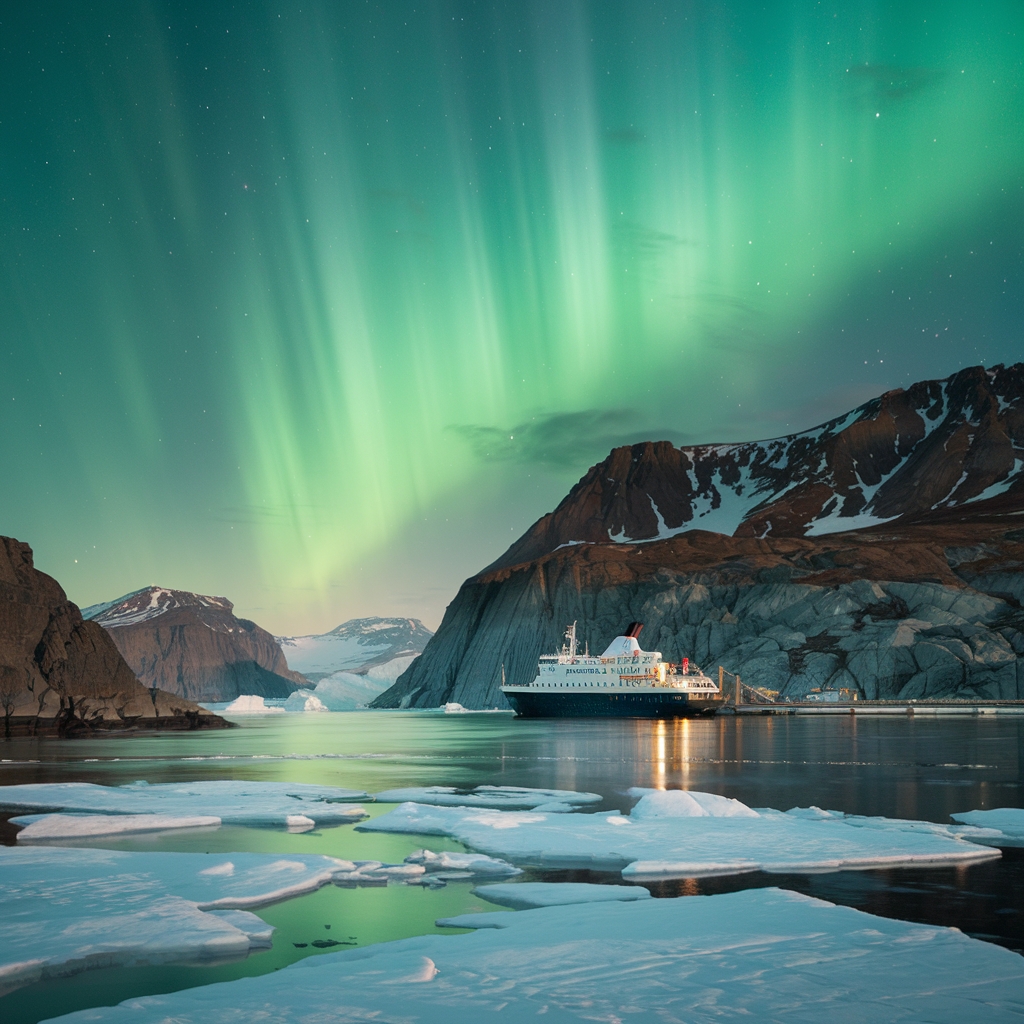
Nestled on Victoria Island in Canada’s Northwest Territories, Ulukhaktok offers a real deal Arctic experience you won’t find on typical cruise routes. Since there’s no deep port, you’ll hop onto zodiac boats to reach shore, with friendly local Inuvialuit folks keeping an eye on things to make sure everyone stays safe.
Your 3-5 hour adventure includes:
- Checking out the Ulukhaktok Arts Centre where you can see amazing muskox horn carvings and super-warm qiviut clothes made by local artists
- A peek at the northernmost golf course on the planet (seriously!) – playing under the midnight sun is definitely bragging rights material
- Watching locals show off traditional skills like prepping seal skins and carving intricate designs in ivory
Bring some Canadian cash if you want to take home unique souvenirs, and just ask before snapping photos of residents – it’s the respectful thing to do.
Quebec City, Canada
Quebec City is nothing like the wild remoteness of Ulukhaktok – it greets cruise passengers with its distinctly European vibe and well-developed port setup. You’ll pull into either Ross Gaudreault Terminal or Terminal 30, which together will handle about 400,000 visitors yearly by 2025.
Once you’re off the ship, you’re just a short walk from the charming Petit-Champlain area. Need to ditch your bags while wandering the cobblestone streets of Old Quebec? No problem – just pay $4 for baggage check. Grab a bite at the terminal restaurant (which has WiFi), or hop in a taxi to the airport for a flat rate of $34.25.
Try to show up two hours before your ship leaves, and bring your cruise ticket, passport, and boarding pass. Planning to see more of eastern Canada? The Via Rail station is right nearby, perfect for continuing your trip through some gorgeous scenery.
Corner Brook, Newfoundland, Canada
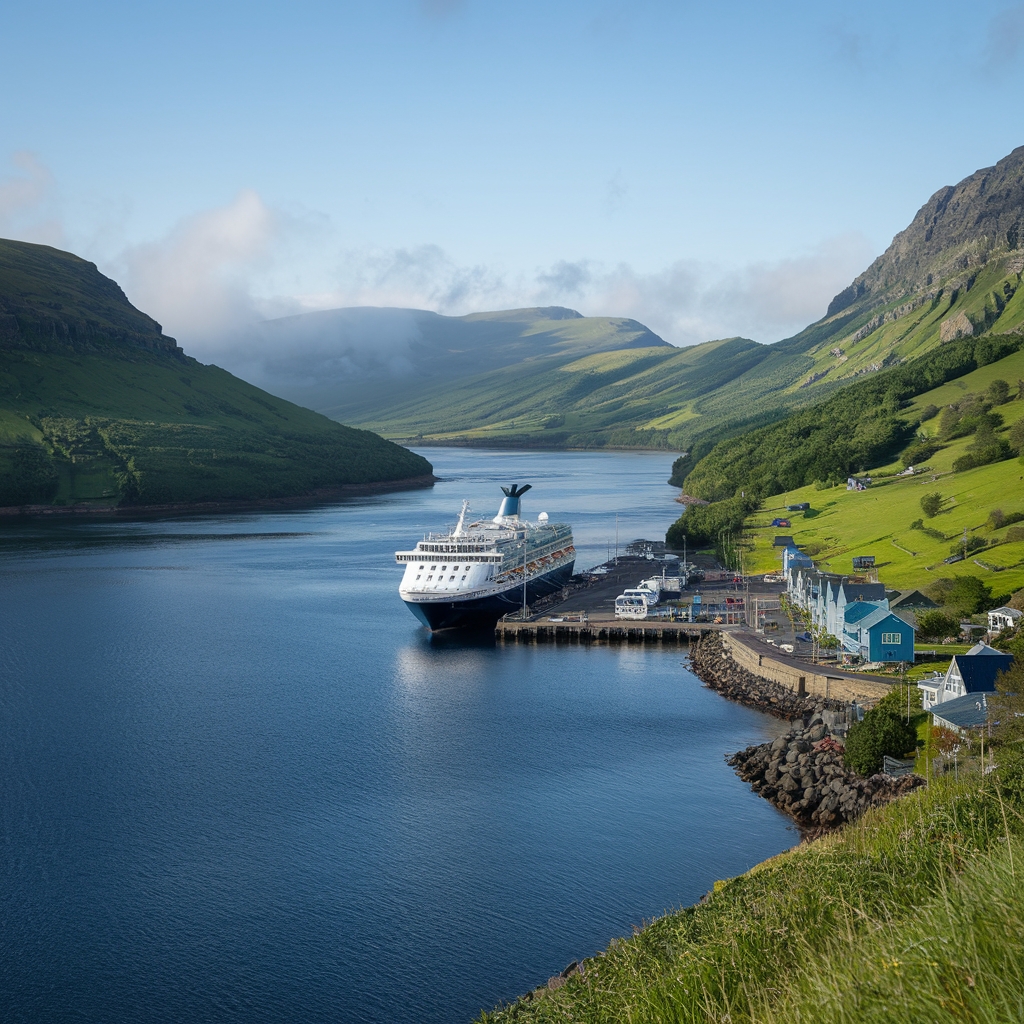
When you sail into Corner Brook, you’re greeted by one of the most jaw-dropping scenes in Atlantic Canada – a deep fjord tucked away at the end of Humber Arm, with the vibrant Blomidon Mountains rising all around you. Hop off at the Seal Head deep-water dock and you’re just a quick 10-minute stroll from downtown, which puts you right at the doorstep of the stunning Gros Morne National Park.
While you’re in port, you might want to:
- Get a taste of local flavors on the “Tastes and Traditions of Newfoundland” tour
- Hit the nearby hiking trails or get your adrenaline pumping with some ziplining right by the port
- Take a gorgeous drive through Humber Valley to catch those incredible fall colors that blanket the landscape
L’Anse aux Meadows, Newfoundland, Canada
Step back in time at L’Anse aux Meadows, tucked away at the northern tip of Newfoundland. This place is seriously cool – it’s the only confirmed Viking settlement in North America, dating back to 1000 AD. These Norse explorers beat Columbus to the punch by a good 500 years!
Since cruise ships can’t dock directly, you’ll hop on a tender boat for a quick 15-20 minute ride to shore. Once there, wooden boardwalks take you around eight archaeological dig sites. The reconstructed sod houses are worth checking out – staff dressed as Vikings show you how these folks actually lived.
If you’ve got time, swing by the nearby Norstead Viking Village too. Coming in May? You might catch some icebergs floating by or even spot a whale or two. Just pack warm clothes – it gets chilly with temperatures around -12°C and those coastal winds can bite! The 2025 visiting season kicks off May 22.
Iles de la Madeleine, Quebec, Canada

After exploring those Viking sites in Newfoundland, we’re heading to the vibrant Iles de la Madeleine archipelago in Quebec. You’ll drop anchor at Cap-aux-Meules, a quick 1km stroll from town, where you can dive into the rich Acadian culture surrounded by gorgeous red sandstone cliffs and stretches of golden beach.
Must-do experiences:
- Wander through historic La Grave and check out Saint-Pierre de Lavernière Church to really soak in the local vibe
- Grab some insanely fresh Atlantic lobster and try the local seal dishes at the waterfront restaurants
- Bring your camera for jaw-dropping coastal views along the 300km shoreline – especially magical during sunrise and sunset
The Viking Polaris stops here in April 2025, though honestly, summer through early fall gives you the best weather for exploring everything these islands have to offer.
Saguenay, Quebec, Canada
Heading north into the jaw-dropping Saguenay Fjord, you’ll find yourself smack in the middle of one of Quebec’s natural masterpieces. Your ship pulls into either Bagotville Wharf’s International Cruise Terminal or drops anchor at Port Alfred where you’ll hop on tenders.
Got lucky with fall timing? (September-October) is prime time – the leaves go crazy with color and the weather’s still decent. Make sure you check out Saguenay Fjord National Park, catch the over-the-top local show “La Fabuleuse Histoire d’un Royaume,” or poke around the craft markets for cool local stuff.
The port’s got these handy hop-on, hop-off buses that’ll take you through Chicoutimi and the surrounding areas. This place is blowing up as a cruise stop, and it’s a sweet spot to dip your toes into real Quebecois culture.
Smoking Hills, Cape Bathurst, Northwest Territories, Canada
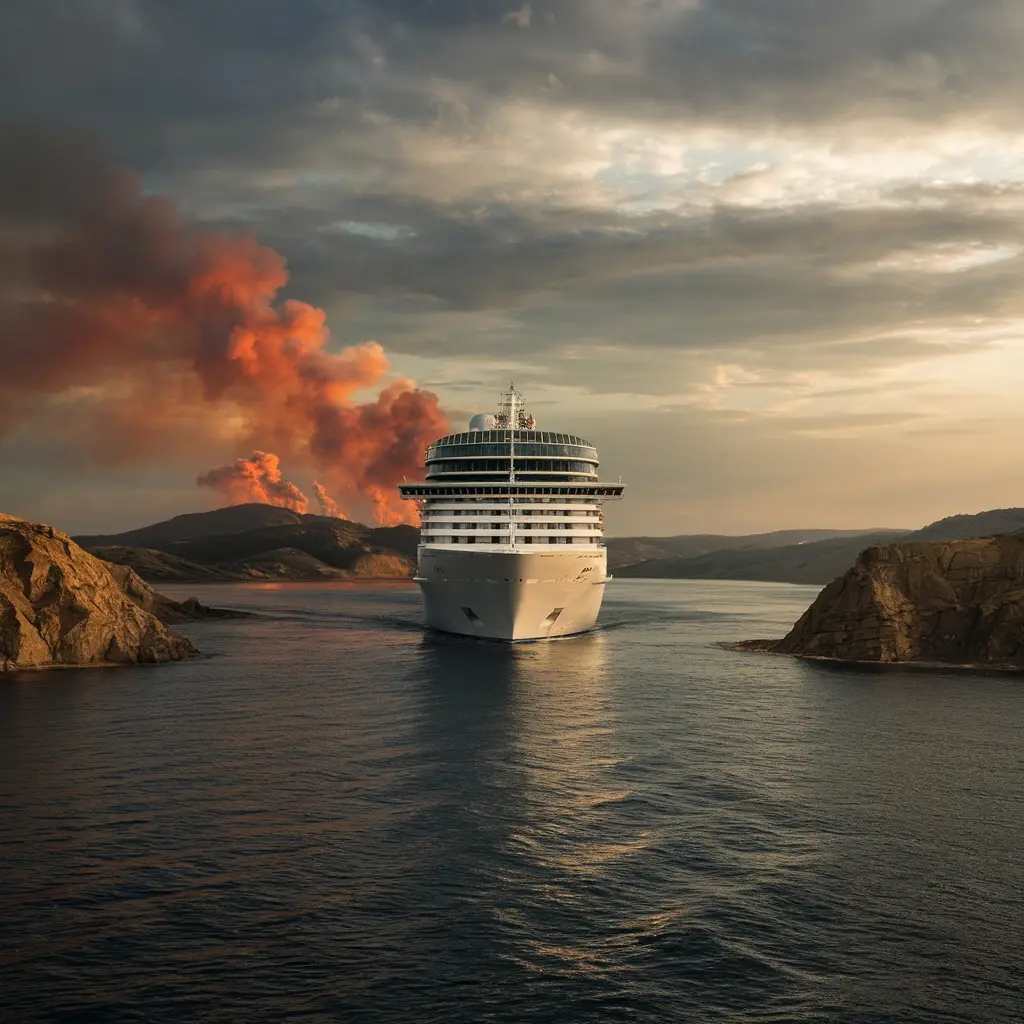
Quebec’s fjords might show off nature’s beauty, but the Smoking Hills of Cape Bathurst? They unleash its raw, untamed power. You’ll only catch these crazy smoking cliffs from your boat or during helicopter trips – no roads make it to this middle-of-nowhere Arctic spectacle.
Check out these wild facts:
- These hills have been burning non-stop for thousands of years – happens when erosion exposes pyrite-rich shale to oxygen
- Blood-red acid pools (pH ≤1) scatter across the landscape, creating scenery that looks from another planet
- Scientists actually study this place as a Mars lookalike, helping them understand environments beyond Earth
Other travelers often call this place “hell on Earth” – but damn if it isn’t strangely beautiful at the same time.
Frequently Asked Questions
What Is the Best Time of Year for Northern Canadian Cruises?
Summer (June-August) is absolutely the sweet spot for northern Canadian cruises. Picture this: comfortable temps between 60-85°F, wildlife out in full force, and those gloriously long daylight hours giving you plenty of time to explore. It’s like Mother Nature rolls out the red carpet during these months – perfect timing to see the region at its most vibrant.
Are There Wifi and Cell Service at These Remote Canadian Ports?
Cell service works fine in big Canadian ports like Quebec City and Halifax, but gets pretty spotty once you hit the more remote spots. Most ports offer free WiFi hotspots (thank goodness), but grab yourself a VPN before connecting – public networks can be sketchy!
What Wildlife Can Tourists Expect to See at These Canadian Destinations?
Looking to connect with nature? Canada’s wild side won’t disappoint! Keep your eyes peeled for whales breaching offshore, bears ambling along the coast, eagles soaring overhead, and curious seals popping up to check you out. What you’ll spot depends on when you visit – each season brings different creatures to Canada’s amazing coastlines.
What Cultural Protocols Should Visitors Observe When Meeting Indigenous Communities?
Heading to an Indigenous community? Remember to ask before visiting, bring tobacco if you’re asking about traditional knowledge, and always show respect to the Elders – they’re the knowledge keepers. Don’t snap photos without asking first (seriously, it’s rude anywhere), and pay attention to the specific customs of each place. And hey, try listening more than talking – each community has their own way of doing things that goes back generations.
How Do Cruise Ships Navigate Through Arctic Ice in Canadian Waters?
Weaving through frozen mazes up north, cruise ships tackle Canadian Arctic ice with the help of experienced Ice Navigators who know their stuff. They stick to AIRSS guidelines, keep their speed in check, and team up with Coast Guard icebreakers when things get dicey. Daily check-ins with NORDREG make sure everyone stays on the safe side while exploring these icy waters.
